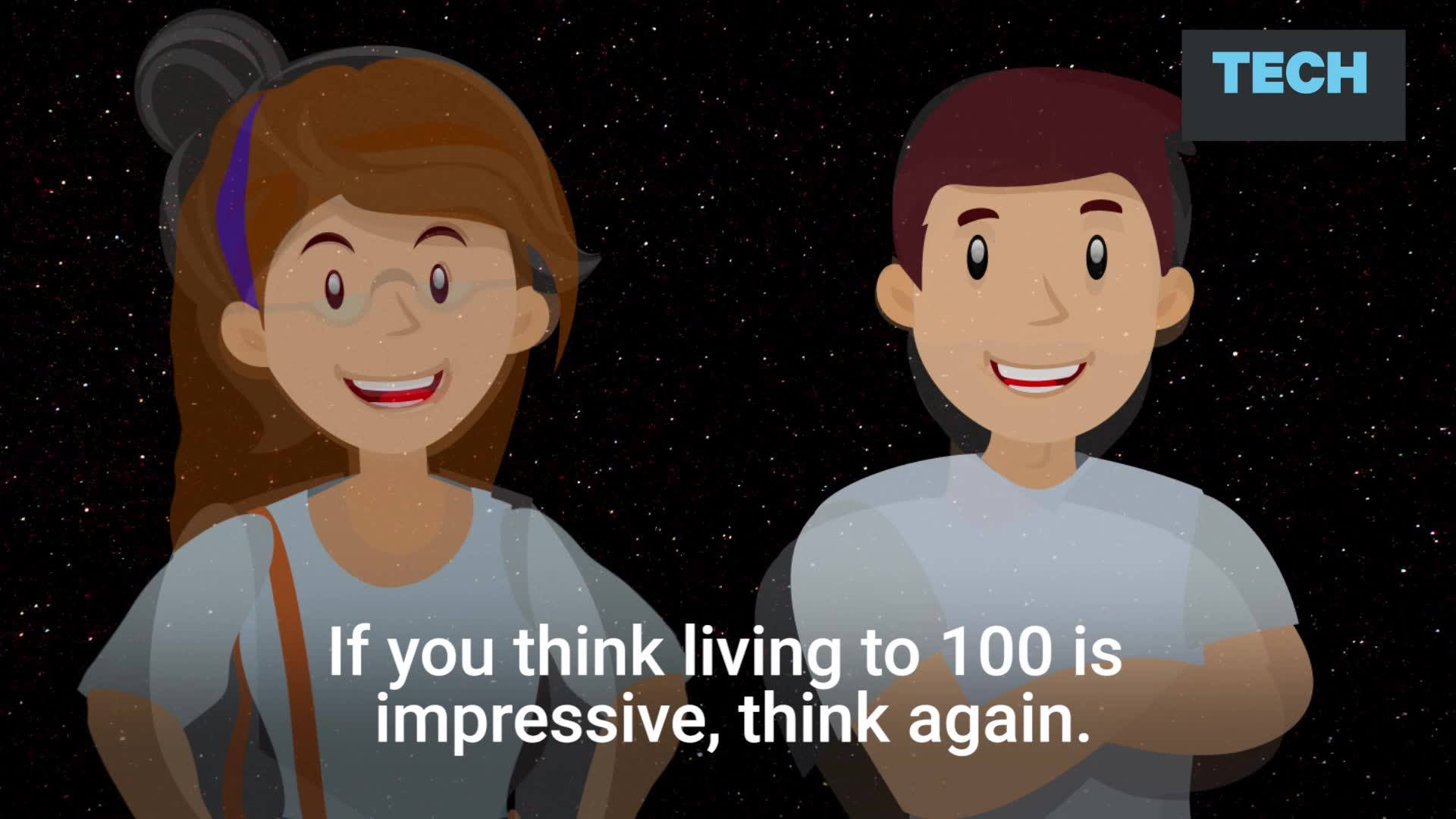DNA testing is not new to consumers, but it’s a one-shot deal. You send in your sample, then you get to see ancestry and health data provided by the company you chose to use for testing. Some new insights might be added over time, but there’s not much else you can do with that genetic data. A startup called Helix is counting on people being curious enough to drop cash in its DNA app store on a regular basis. The initial testing costs $80, and after that you can buy the applications you want.
Helix uses a type of genetic testing called DNA sequencing. Other companies like 23andme are using the far simpler genotyping; Helix is actually finding the pattern of nucleic acids (using flow cells like the one above) in your DNA for around 20,000 different genes, known as the exome. A genotyping test only tells you which variant you have of specific genes, so a full sequence generates about 100 times as much data. Helix is taking this approach because the company is not deciding what sort of data to show users. Instead, that’s all up to third-parties that decide to sell DNA apps to people in the Helix store, and the full sequence includes more precision.






